News articles
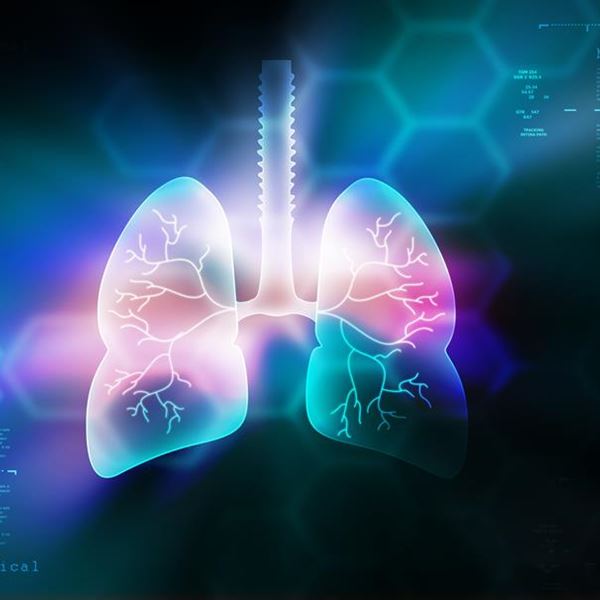
Biodegradable Graphene
A natural human enzyme can biodegrade graphene, scientists from the Graphene Flagship have announced
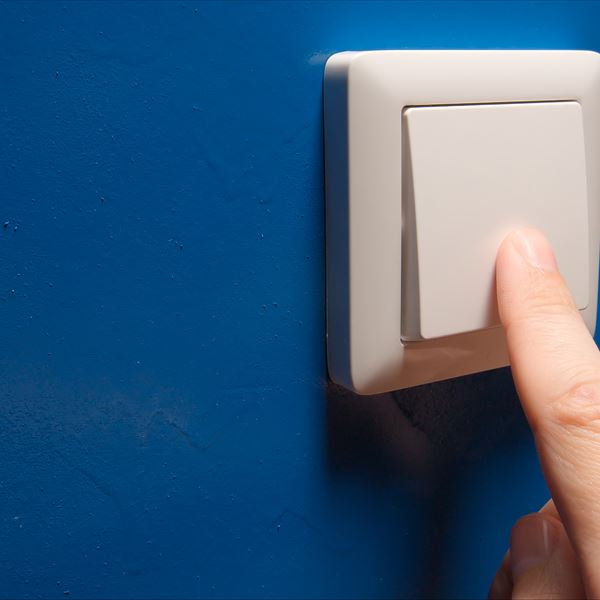
Flipping the switch on supramolecular electronics
Graphene Flagship Partners at the University of Strasbourg and CNRS (France), together with Associated Members at the University of Mons (Belgium) and collaborators the Humboldt University of Berlin (Germany) and the University of Trento (Italy), successfully combined photoswitchable molecular lattices with layered materials to create new high-performance devices that show macroscopic responses to light.
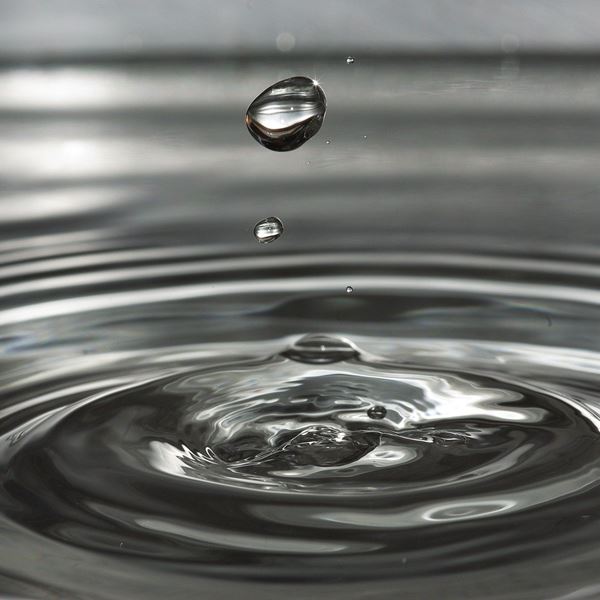
Liquid phase exfoliation of graphite turns 10
International researchers gather in Dublin, Ireland, to celebrate the 10th anniversary of the publication of liquid phase exfoliation – a technique that enabled mass production of graphene and related 2D materials for industry uses.
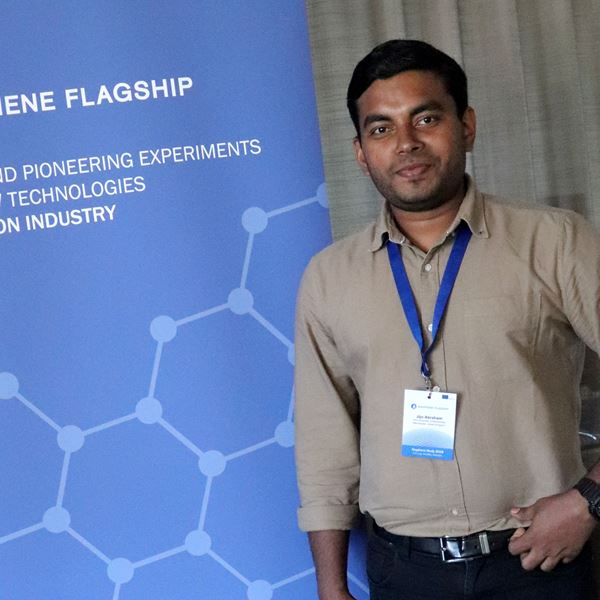
Graphene Spotlight
Interview with young Graphene Flagship post-doctoral researcher, Jijo Abraham

Happy LGBT STEM Day!
The Graphene Flagship is proud to celebrate the first International LGBT STEM Day. We value diversity and aim to create an environment where all our members can be open about who they are.
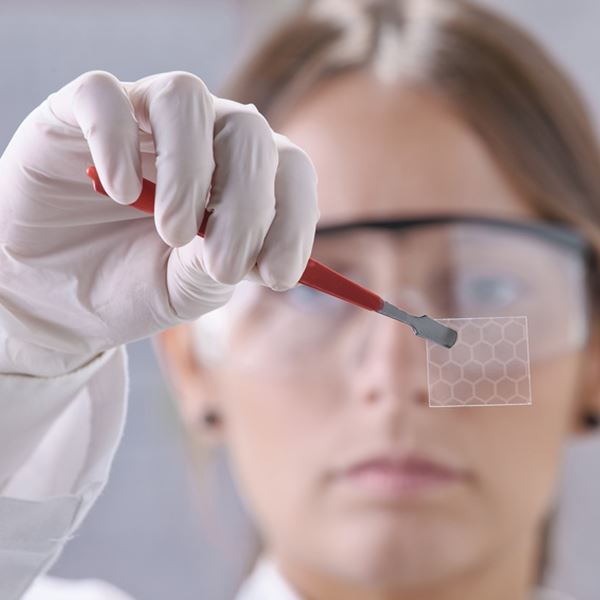
More than 70 grants to encourage strategic alliances between the European graphene community
More than 70 grants will boost the partnerships between European scientists studying in graphene and other related 2D materials. The grants support the mobility of researchers involved in the Graphene Flagship and have a budget of €82,000 until the end of 2019.

Microscopic water life
Researchers within the Graphene Flagship at the University of Manchester found that water behaves very differently on a microscopic scale, which could lead to a better understanding of life.
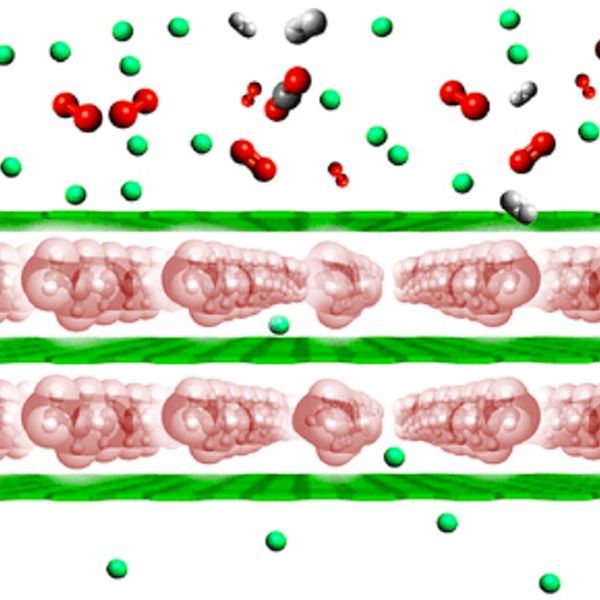
Graphene makes its mark on gas separation
Graphene Flagship researchers overcame the theoretical limiting performance of membranes in gas separation.
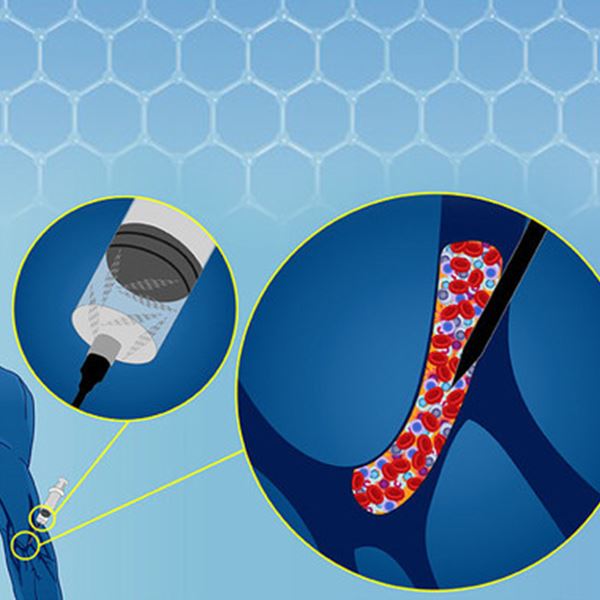
the chemical recipe for biocompatible graphene
Biomedical tools manufactured with graphene and related materials will have to overcome a huge hurdle – our immune system. Now, G-IMMUNOMICS studied how to ‘disguise’ graphene to avoid rejection.
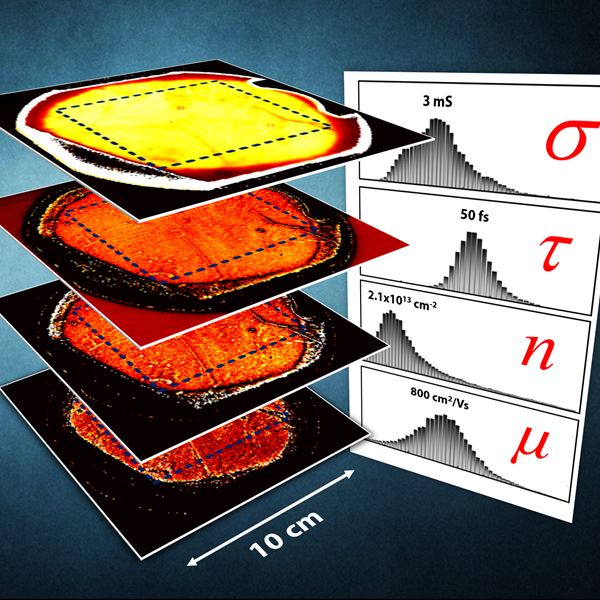
Large scale imaging of the electrical quality of graphene
Terahertz time-domain spectroscopy conductivity mapping of graphene.
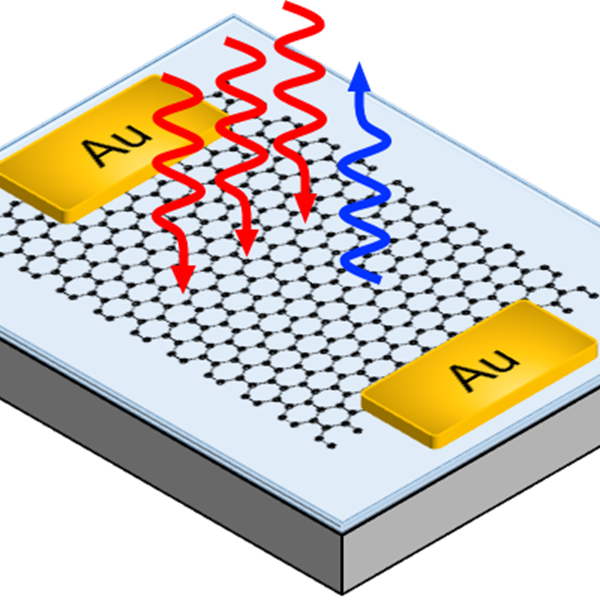
TUNABLE THIRD HARMONIC GENERATION IN GRAPHENE
Electrical control of third harmonic generation (THG) can be obtained in single-layer graphene.

The Graphene Flagship General Assembly 2018
The Graphene Flagship General Assembly was this year held at IMEC, Belgium, 11 to 12 April 2018.
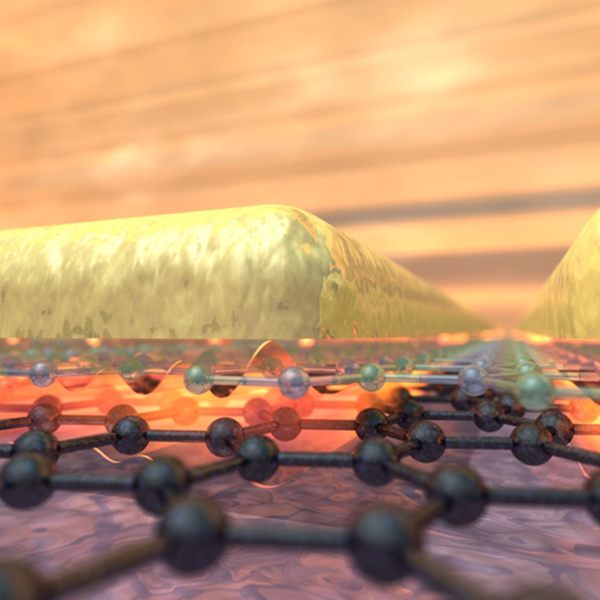
Graphene confines light
Graphene Flagship researchers reached the ultimate level of light confinement.
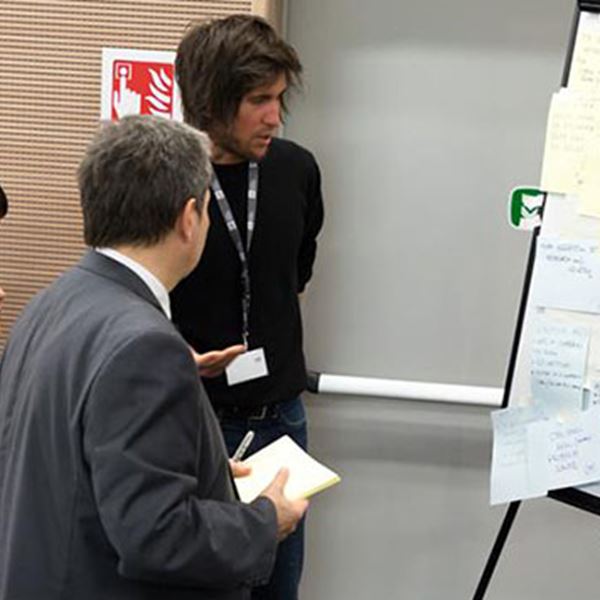
Energy Day
Photo by Duilio Farina, IIT
